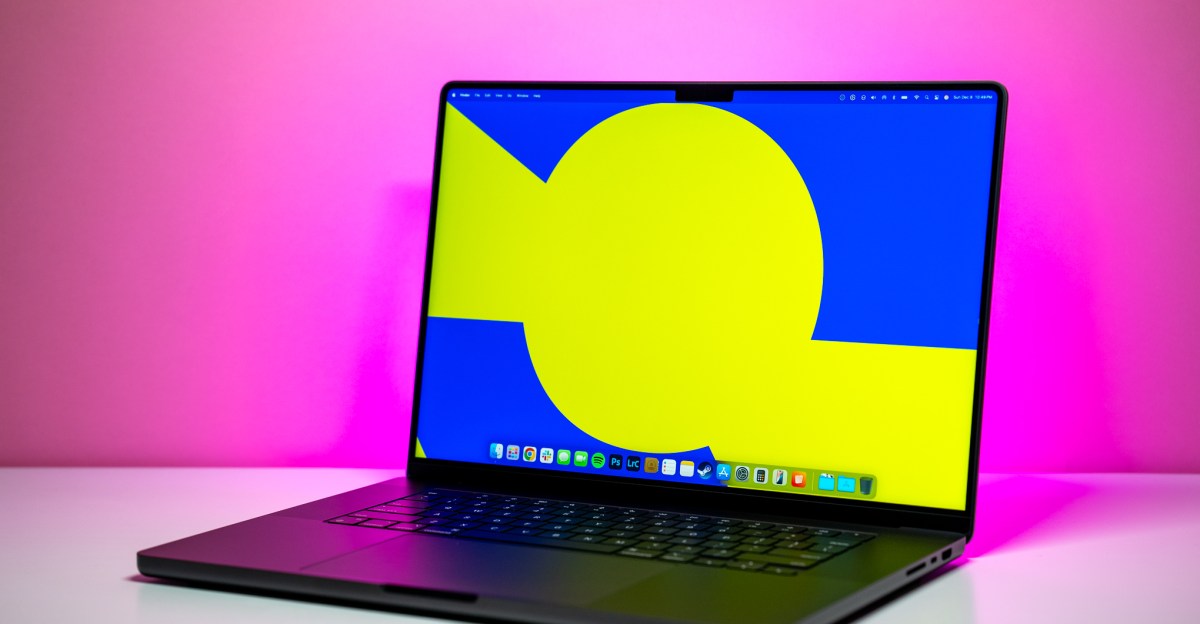Staying up late has become a common habit in modern life, often driven by work, socialising, or screen time. While occasional late nights may seem harmless, consistently going to bed late can have serious consequences for overall health. Chronic late-night sleep disrupts the body’s natural circadian rhythm, affecting metabolism, hormone production, and cognitive function. Over time, it can lead to weight gain, increased stress, reduced immunity, and higher risk of chronic conditions such as diabetes and heart disease. Prioritising an earlier, consistent bedtime is essential for maintaining energy, mental clarity, and long-term well-being.
Hidden health risks of staying up late you need to know
According to a post shared by Dr. Dinesh Thakur, a Bariatric and Metabolic Surgeon based in Delhi, the repercussions of going to bed late extend far beyond dark circles and fatigue; they can silently disrupt key bodily functions and increase the risk of chronic health conditions.1. Weight gain and metabolic disruptionLate-night sleeping patterns interfere with hunger-regulating hormones like ghrelin and leptin. This hormonal imbalance increases cravings for high-calorie, sugary, and processed foods, making it harder to control appetite. Over time, this can lead to weight gain, particularly around the abdomen, and disrupt metabolic efficiency. Consistently sleeping late may also slow down the body’s ability to burn calories, contributing to fat accumulation.2. Hormonal imbalance and stressPoor sleep affects the production of essential hormones, including cortisol, the body’s primary stress hormone. Elevated cortisol levels can trigger inflammation, increase stress, and suppress metabolism. Additionally, insufficient sleep impacts growth hormone and insulin regulation, which are vital for tissue repair, muscle growth, and energy metabolism. This imbalance can leave you feeling tired, sluggish, and more prone to stress-related health issues.3. Increased risk of diabetesIrregular sleep patterns can reduce insulin sensitivity, a key factor in regulating blood sugar levels. Over time, this increases the risk of developing type 2 diabetes. Even occasional late nights can disrupt glucose metabolism, highlighting the importance of maintaining a consistent sleep schedule to protect long-term metabolic health.4. Heart health concernsChronic late-night sleeping is associated with higher blood pressure and increased strain on the cardiovascular system. Studies indicate that individuals who sleep late regularly have a greater risk of developing heart disease and related complications. Quality sleep is essential for regulating heart rate, reducing inflammation, and maintaining healthy blood pressure levels.5. Mental health impactsSleep deprivation directly affects brain function, leading to irritability, anxiety, and impaired cognitive performance. Late-night habits can result in brain fog, reduced focus, and emotional instability. Over time, these factors can contribute to more serious mental health concerns, including depression and chronic stress.6. Chronic fatigue and reduced energyEven with caffeine or other stimulants, your body cannot fully recover without deep, restorative sleep. Late sleepers often experience persistent fatigue, decreased productivity, and diminished physical performance. A consistent sleep schedule allows the body to repair cells, strengthen immunity, and recharge energy levels effectively.Disclaimer: This article is for informational purposes only and does not constitute medical advice. Always consult a qualified healthcare professional before making any changes to your health routine or treatment.Also read | Chronic inflammation in women increases heart disease risk: Know signs and how it affects the heart








